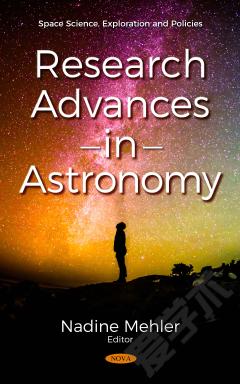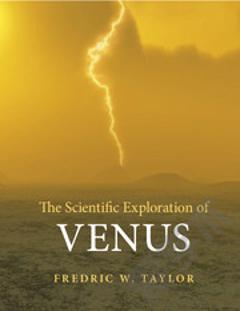Research Advances in Astronomy
In this compilation, the theory of gravitational anti-screening is presented as an alternative to the current theory of dark matter. This includes first applying the theory to the rotational curve of the galaxy, to spiral galaxies in general, and to the Coma cluster. Finally, the theory will be applied to the solar system where it will be shown to be compatible with planetary ephemerides. Next, the observable features that allow for the reconstruction of past environmental conditions are collected and characterized, focusing on the available data, uncertainties, missing information and targets of future research work. Furthermore, mineral paragenesis and different types of indicators should be used in conjunction and the missing data represents the directions for future research. The following chapter presents the evaluation of some aspects of the two remaining landing site candidates (Oxia Planum and Mawrth Vallis) for the ESA ExoMars 2020 rover to highlight the geological and astrobiological aspects. These lessons learned should be used in the future to support the scientific outcome. Discussion continues about the nature of the zebra–structure in type IV radio bursts, proposing that even the most protracted mechanism associated with double plasma resonance has been improved in a series of works. The authors demonstrate the possibility of modeling with whistlers to explain many thin components of zebra–structure stripes, taking into account the effects of scattering whistlers on fast particles.
{{comment.content}}








 京公网安备 11010802027623号
京公网安备 11010802027623号